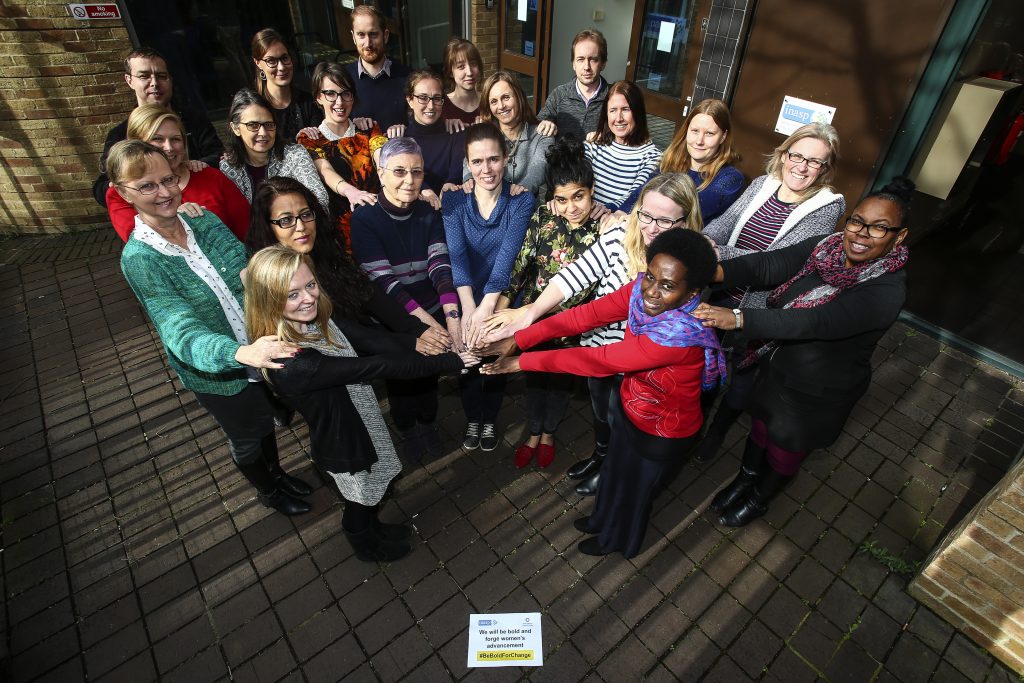Study shows more women seeking healthcare in Bangladesh
Empowered women take better decisions and make better life choices for themselves and their families. They also help to reverse...
Empowered women take better decisions and make better life choices for themselves and their families. They also help to reverse...
Jacinta Were, an INASP associate based in Kenya, discusses how INASP and the Kenyan library consortium have worked together for well over a decade to support sustainable access to electronic research information in the country. I’ve known and worked with INASP for the last 15 years, mainly to support research in Africa. When INASP started working in Kenya we had gone for about six years without subscribing to any journals because there was no budget. When we did subscribe to a journal, it was just one at a time, in print form, and it would often take two years to arrive. When INASP arrived and explained what they were planning to do we welcomed them, we said “Yes, this is really the right time!”
AuthorAID Mentors of the Year awards announced by INASP INASP’s AuthorAID has selected the three recipients of its ‘Mentors of the Year...
RedLink is working with INASP to make RedLink Network and its Library Dashboard available to the Zimbabwe University Librarians Consortium...
Image: Dr. Patrick Tandoh, lead facilitator from GIMPA Back in January, the Ghana Institute of Management and Public Administration (GIMPA)...
 Blog post by Ruth Bottomley, Senior Programme Manager, Research Development and Support, INASP
Over the last few years there has been growing recognition within INASP that a commitment to incorporating gender considerations in our work is critical to meeting our mission to support individuals and institutions to produce, share and use research and knowledge, which can transform lives. This commitment to gender equity is clearly outlined in the INASP Strategy, but putting the commitment into practice can be challenging.
Blog post by Ruth Bottomley, Senior Programme Manager, Research Development and Support, INASP
Over the last few years there has been growing recognition within INASP that a commitment to incorporating gender considerations in our work is critical to meeting our mission to support individuals and institutions to produce, share and use research and knowledge, which can transform lives. This commitment to gender equity is clearly outlined in the INASP Strategy, but putting the commitment into practice can be challenging.
Registered charity no: 1106349
The Old Music Hall, 106-108 Cowley Road,
Oxford, OX4 1JE, UK
Tel: +44 (0)1865 249909
Email: info@inasp.info
© copyright 2025
